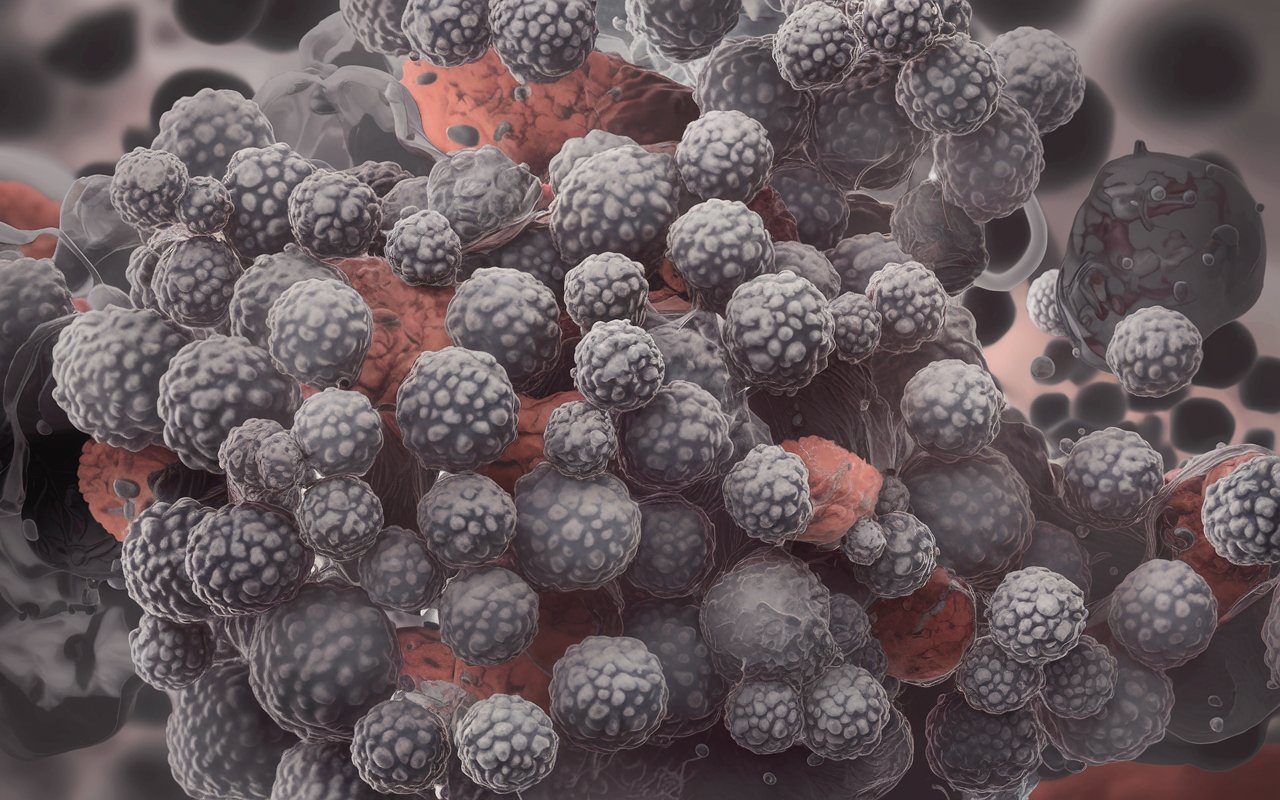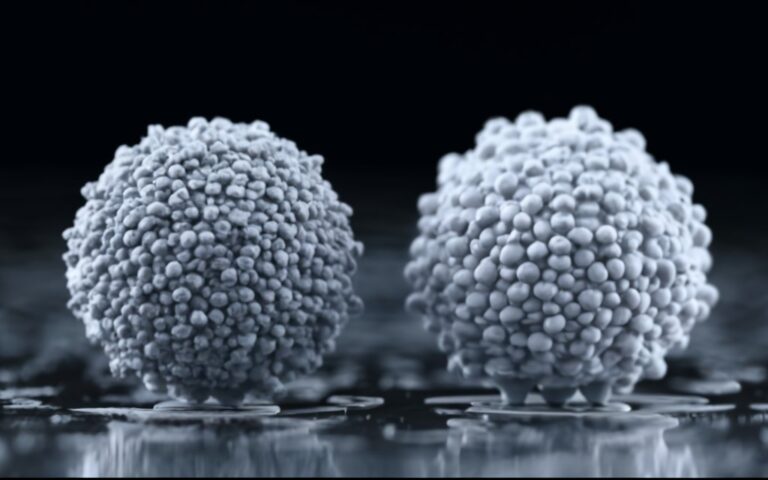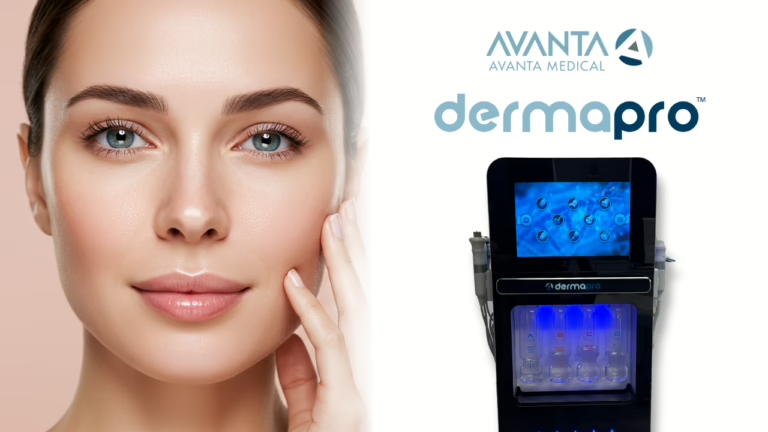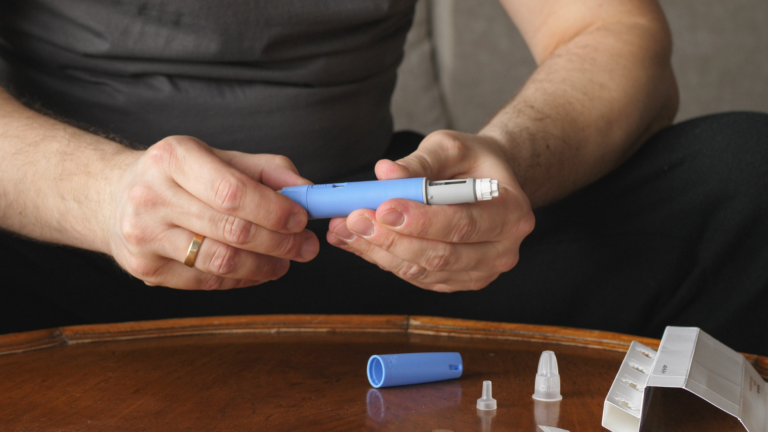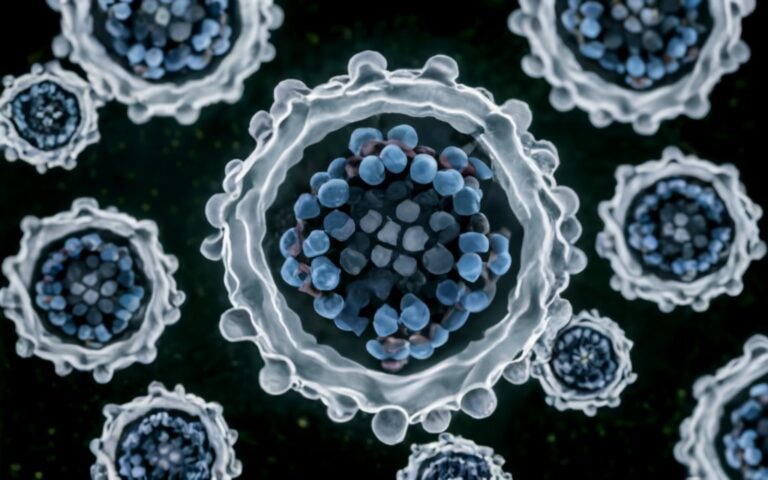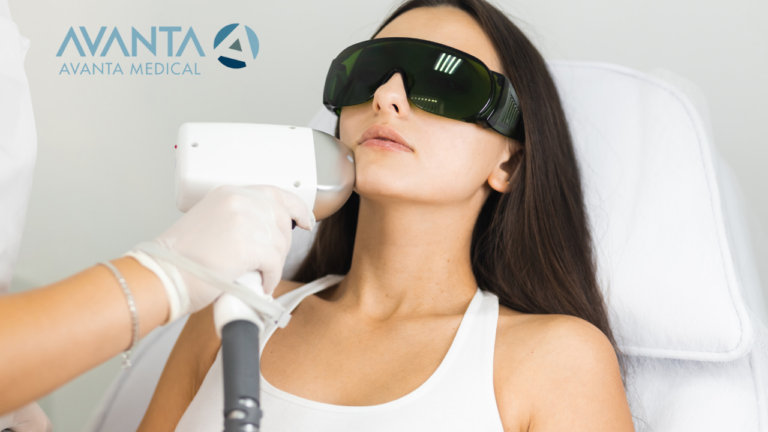Why Non-Lyophilized Exosomes Are Superior to Lyophilized Exosomes in Medical Applications
Introduction
Exosomes have emerged as powerful tools in regenerative medicine, skincare, and various therapeutic applications due to their ability to act as cellular communicators.
These nano-sized vesicles, produced naturally by cells, contain proteins, lipids, and genetic material that facilitate cell-to-cell communication, encouraging healing, anti-aging, and tissue repair processes.
As exosome-based therapies gain momentum, a critical distinction has emerged between lyophilized (freeze-dried) exosomes and non-lyophilized (fresh or non-freeze-dried) exosomes.
This article explores the reasons why non-lyophilized exosomes are often considered superior to lyophilized exosomes for medical, aesthetic, and therapeutic uses.
Table of Contents
What Are Exosomes?
Exosomes are extracellular vesicles (EVs) that play a pivotal role in intercellular communication. They are secreted by various cell types, including stem cells, and contain biologically active molecules like RNA, proteins, and lipids.
Exosomes can travel through bodily fluids like blood, saliva, and urine, and transfer their contents to recipient cells, thereby influencing processes such as inflammation, immune response, and tissue regeneration.
Due to their regenerative capabilities, exosomes have become highly popular in treatments for skin rejuvenation, wound healing, immune modulation, and even cancer therapy.
Exosomes derived from mesenchymal stem cells (MSCs) are especially well-regarded for their therapeutic benefits.
Understanding Lyophilization and Non-Lyophilization
Lyophilization, also known as freeze-drying, is a process used to preserve biological materials by removing water content through freezing and then sublimating the ice under low pressure.
The resulting powder can be reconstituted later with a liquid. The goal is to extend the shelf life of sensitive materials, such as proteins or exosomes, while maintaining their structural integrity.
Non-lyophilized exosomes, on the other hand, are stored in their natural, liquid state and require cold storage, such as refrigeration or cryopreservation, to maintain stability and function over time.
The key difference between the two methods is how the exosomes are preserved: lyophilized exosomes undergo significant dehydration, while non-lyophilized exosomes are kept closer to their natural, hydrated state.
While lyophilization offers logistical advantages like a longer shelf life at room temperature, non-lyophilized exosomes are increasingly regarded as the superior option in therapeutic applications due to their better biological activity and integrity.
Here are several reasons why non-lyophilized exosomes outperform lyophilized ones:
Preservation of Biological Integrity
One of the major concerns with lyophilization is the potential damage to exosomal membranes and proteins during the freeze-drying process. The dehydration of exosomes can lead to changes in their structure, affecting their ability to function as intended.
The lipid bilayer surrounding exosomes is delicate, and removing water from this environment may cause membrane disruption, aggregation, or other forms of degradation that are irreversible upon rehydration.
Non-lyophilized exosomes, by contrast, maintain their natural membrane structure and fluidity, ensuring that the integrity of their bioactive molecules is preserved.
This is crucial because the proper function of exosomes depends on their ability to merge with recipient cell membranes and deliver their cargo effectively.
Non-lyophilized exosomes are closer to their natural state, minimizing the risk of altered functionality.
Superior Therapeutic Efficacy
The ultimate goal of using exosomes in medical and aesthetic treatments is to leverage their ability to promote healing, tissue repair, and cellular rejuvenation.
Non-lyophilized exosomes are more likely to maintain their therapeutic efficacy because they avoid the stresses associated with freeze-drying.
In a non-lyophilized state, exosomes are able to retain their optimal biochemical configuration, meaning that they can more effectively induce the cellular responses needed for regeneration.
For example, in wound healing or skin rejuvenation, non-lyophilized exosomes can prompt faster tissue regeneration and reduce inflammation more efficiently than their lyophilized counterparts, which may lose some of their bioactivity during the reconstitution process.
Higher Potency of Growth Factors and miRNA
Exosomes contain critical growth factors, cytokines, and microRNAs (miRNAs) that regulate cellular behavior.
These molecules are highly sensitive to changes in their environment, and the process of lyophilization can compromise their potency and stability.
Some studies have shown that lyophilization can lead to a reduction in the concentration of certain growth factors within exosomes, which negatively impacts their therapeutic potential.
Non-lyophilized exosomes are able to maintain the original concentrations of growth factors and miRNA, ensuring that they deliver the intended regenerative signals to cells.
In applications like scar reduction, tissue regeneration, or anti-aging treatments, the potency of these molecules is critical for achieving effective results.
Faster Onset of Action
Due to the preservation of their native state, non-lyophilized exosomes often exhibit a faster onset of action in medical treatments. When introduced into the body, non-lyophilized exosomes can begin interacting with target cells more quickly, leading to faster therapeutic outcomes.
This is particularly important in clinical settings where timely results are essential, such as in acute wound healing or post-surgical recovery.
On the other hand, lyophilized exosomes require reconstitution before use, which can introduce variability in their performance.
During the rehydration process, some exosomes may not fully regain their original structure, potentially delaying their effectiveness in clinical applications.
Reduced Risk of Contamination or Compromised Quality
Lyophilized exosomes may carry an increased risk of contamination or compromised quality during the reconstitution process.
Improper handling, exposure to non-sterile environments, or the use of non-sterile diluents can introduce unwanted pathogens or impurities, which may compromise the safety of the treatment.
Non-lyophilized exosomes are stored in pre-sterilized, sealed vials and do not require additional manipulation before use. This reduces the risk of contamination and ensures that the exosomes are administered in a safe and controlled manner.
In medical environments where sterility is paramount, non-lyophilized exosomes offer a more reliable and secure option.
Enhanced Customization in Clinical Settings
Since non-lyophilized exosomes do not undergo the freeze-drying process, they are often more adaptable to customization in clinical settings. Personalized medicine is increasingly becoming the norm, with treatments tailored to the individual needs of patients.
Non-lyophilized exosomes can be more easily adjusted in terms of dosage, concentration, and delivery method, allowing clinicians to offer more precise and tailored treatments.
In contrast, lyophilized exosomes are typically produced in standardized doses and may not offer the same flexibility for customization.
Clinicians looking to optimize treatment outcomes may prefer non-lyophilized exosomes because they can fine-tune the therapy to better suit patient-specific requirements.
Better Cellular Uptake and Integration
The effectiveness of exosome-based treatments hinges on the ability of the exosomes to be absorbed by target cells and integrated into cellular pathways.
Non-lyophilized exosomes exhibit better uptake by recipient cells because their membranes remain intact and biologically active.
The hydration status of non-lyophilized exosomes allows for smoother fusion with cell membranes, facilitating more efficient delivery of their therapeutic contents.
Lyophilized exosomes, however, may suffer from reduced uptake due to potential damage during the freeze-drying and rehydration process.
Damaged or aggregated exosomes are less likely to be internalized by cells, which can diminish the overall therapeutic effect.
More Effective in Aesthetic Applications
Exosomes have become a key component in non-invasive aesthetic treatments aimed at improving skin texture, elasticity, and overall appearance.
In treatments like microneedling, facials, and topical serums, non-lyophilized exosomes provide superior results due to their enhanced bioactivity.
Aesthetic professionals have reported that non-lyophilized exosomes lead to more noticeable improvements in skin texture and tone, likely due to the preservation of critical growth factors and miRNAs.
For patients seeking anti-aging treatments, non-lyophilized exosomes offer a more potent and effective solution compared to lyophilized versions, which may not perform as well due to diminished biological activity.
Conclusion
While lyophilized exosomes offer certain advantages, such as extended shelf life and ease of transportation, the superior biological performance of non-lyophilized exosomes makes them the preferred choice in many medical and aesthetic applications.
The preservation of biological integrity, higher potency, faster onset of action, and better cellular uptake are key reasons why non-lyophilized exosomes outperform their lyophilized counterparts.
For clinicians and aesthetic professionals seeking the best possible outcomes for their patients, non-lyophilized exosomes provide enhanced therapeutic efficacy and reliability, making them the gold standard in exosome-based treatments.
As the field of regenerative medicine and aesthetics continues to evolve, non-lyophilized exosomes are likely to remain at the forefront of innovation and treatment success.
FAQ: Non-Lyophilized vs. Lyophilized Exosomes in Medical Applications
What are exosomes?
Exosomes are nano-sized extracellular vesicles that facilitate cell-to-cell communication. They contain bioactive molecules like RNA, proteins, and lipids, making them key players in regenerative medicine, skin rejuvenation, wound healing, and other therapeutic applications.
What is the difference between lyophilized and non-lyophilized exosomes?
Lyophilized Exosomes: These are freeze-dried to remove water content, allowing for room-temperature storage and extended shelf life.
Non-Lyophilized Exosomes: These are stored in their natural, liquid state and require cold storage to maintain their biological activity and integrity.
Why are non-lyophilized exosomes considered superior?
Non-lyophilized exosomes are closer to their natural state, ensuring better biological integrity, therapeutic efficacy, and cellular uptake. Their hydrated state preserves their bioactive molecules and membrane structure, which are often compromised during lyophilization.
Do lyophilized exosomes lose their potency?
Yes, the freeze-drying process can reduce the concentration and stability of growth factors, cytokines, and miRNAs in exosomes. These molecules are critical for regenerative effects, and their degradation may limit the therapeutic potential of lyophilized exosomes.
How do non-lyophilized exosomes improve therapeutic outcomes?
Non-lyophilized exosomes maintain their natural membrane fluidity, allowing for efficient fusion with target cells and faster onset of action. This leads to better results in applications like tissue regeneration, wound healing, and skin rejuvenation.
Are non-lyophilized exosomes safer to use?
Yes, non-lyophilized exosomes are stored in pre-sterilized, sealed vials, reducing the risk of contamination during handling. Lyophilized exosomes require reconstitution, which can introduce variability and potential contamination if not done properly.
Are non-lyophilized exosomes better for aesthetic treatments?
Absolutely. Aesthetic professionals report that non-lyophilized exosomes yield superior results in treatments like microneedling and facials. Their intact growth factors and miRNAs enhance skin texture, elasticity, and overall appearance more effectively than lyophilized options.

